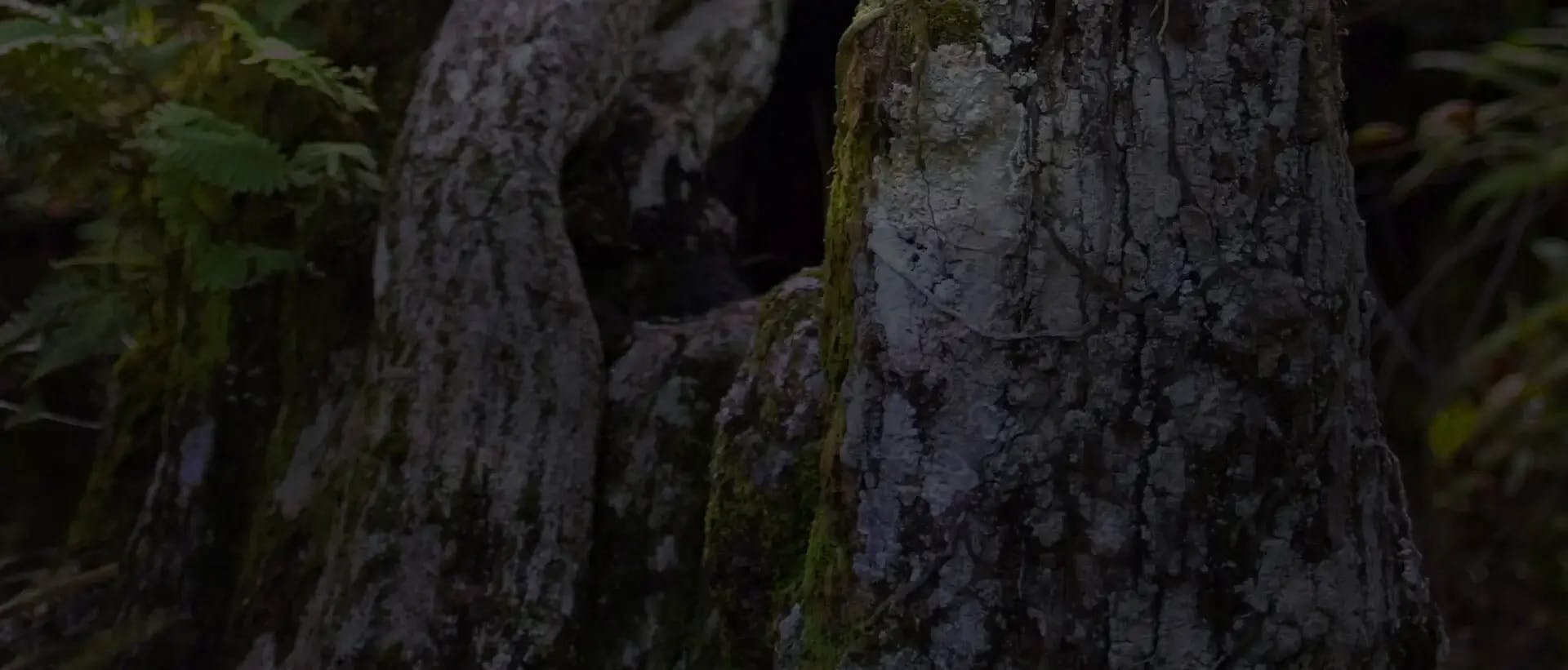
SITF Submissions and Findings
The Species Identification Task Force receives submissions from orchid judging centers or exhibitors.

Phragmipedium warszewiczianum var wallisii Hufflepuff HCC 2025-07-15

Bulbophyllum karenkoensis var calvum J&L CHM 2025-07-15

Gongora claviodora Delio Salazar HCC 2025-07-14

Dendrobium ochraceum Springwater CBR 2025-07-13

Dendrobium fluctuosum 'Jane' CHM 2025-07-07

Nervilia plicata 'Needmore' HCC 2025-07-05

Chiloschista extinctoriformis 'Jardin botanique de Montréal' CBR 2025-07-05

Bulbophyllum trongquyetii var bicolor Timbucktoo CBR 2025-06-29

Pleurothallis (Acianthera) omissa Bryon CBR 2025-06-28

Phalaenopsis stobartiana Bryon Rinke AM 2025-06-28

Gastrochilus calceolaris Bryon JC 2025-06-28

Epidendrum uleinanodes Bryon CBR 2025-06-28

Gongora leucochila (alba) Casa de Campo AM 2025-06-28

Scaphyglottis pulchella (alba) José Aguilar HCC 2025-06-28

Chiloschista extinctoriformis 'Buckboard' CBR 2025-06-27

Bulbophyllum skeatianum Orkiddoc CBR 2025-06-24

Jumellea ibityana 'Irene' CBR 2025-06-22

Cypripedium x alaskanum 'Northern Star' CHM 2025-06-21

Bulbophyllum biflorum Whisper Spot Me AM 2025-06-16

Bulbophyllum putidum Free Spirit AM CHALLENGE 2025-06-16

Acianthera brunnescens 'Patricia' CHM 2025-06-14
Finding
SITF confirms this plant as Acianthera brunnescens (Jun 2025). Thanks to Franco Pupulin who identified this plant as Acianthera brunnescens on site. POWO differs from the IOSPE in that the IOSPE has A. brunnescens as synonymous with Pleurothallis lojae, where as POWO has A. brunnescens as synonymous with Pleurothallis brunnescens Schltr and lists P. lojae as synonymous with Acianthera lojae. SITF agrees with POWO.
Campylocentrum fasciola 'Baraga' CCM 2025-06-12

Epidendrum camposi 'Daxin Shu' CBR 2025-06-11

Dracula morleyi 'Solar Place' AM 2025-06-08
Finding
SITF confirms this plant as Dracula morleyi (Jun 2025). This plant matches Luer and Dalstrom's drawing and description of Dracula morleyi in the Icones Pleurothallidarum. Also, it matches photos in several references: Harding's photo in the OW, an excellent photo in the IOSPE and photos in the orchidroots.com.
Scaphyglottis fusiformis 'Wade's Tiny Pleasure' CCM 2025-05-27

Lepanthes hexapus 'Pleurothallidan' CBR-2025-05-27
Finding
SITF confirms this plant as Lepanthes hexapus (Jun 2025). This plant matches the description and photos of L. hexapus in the Lankesteriana 2018, article, "The "Four-Footed" Lepanthes (Pleurothallidinae), A New Species from North-Western Ecador" by Luis E. BaquEro, et.al. It matches Luer's description of L. hexapus and Eric Hunt's photo from the IOSPE: "The sepals are narrow with the laterals denticulate. They are essentially free from each other. The petals are divided into three, slender, diverging, nearly equal parts. The upper segment is ciliate. The blades of the lip are narrowly oblong and the appendix is ovoid and pubescent." Luer 1996" The leaf form and markings match, as well as, the flower size.
Cymbidium parishii 'Reverend Charles' CHM 2025-05-26

Lepanthes doucettei 'Badger' CBR 2025-05-24
Finding
SITF confirms this plant as Lepanthes doucettei (May 2025). This plant was validated by the original taxonomist, Alfonso Doucette, as being correctly identified. Supporting photos by Doucette can be found on the orchidroots.com. Leaf and flower form are a good match with these photos.
Cypripedium japonicum 'Orchid Court' CHM 2025-05-22
Finding
SITF confirms this plant as Cypripedium japonicum (Jun 2025). This plant matches the description in the IOSPE: "carrying 2, opposite, near the middle of the stem, orbicular, plicate, serrulate margined leaves; erect, terminal, densely villose, 3" [7.5 cm] (measurements of plant not included) long, single flowered inflorescence with a leafy, rhombic-ovate to ovate-lanceolate, glabrous, minutely ciliate, longer than the ovary floral bract." Leaves and flowers match the photos in the POWO and are supported by photos in the orchidroots and with Clark Riley's Photo in the IOSPE.
Dendrobium brassii 'Jane' CBR 2025-05-19
Finding
SITF confirms this plant as Dendrobium brassii (Jun 2025). The IOSPE has a good photo of this species. The partial description: "carrying a single, acute, green suffused with purple leaf...on a short, 2 flowered inflorescence arising at the apex of older leafless pseudobulbs" matches this plant. This plant shows purple suffusion on the reverse side of the single, acute leaf. The flowers bloom two to an inflorescence and the color is a match. The flowers on this plant do not open wide as shown in the IOSPE and some shown in the Internet. This results in a smaller measured N.S. The Orchids of New Guinea website, https://www.orchidsnewguinea.com/orchidinformation/species/speciescode/2310 contains an excellent photo and complete description of this species.
FREE ACCESS: Orchid DealWire
Get notified when orchid vendors have special promotions and exclusive savings.






